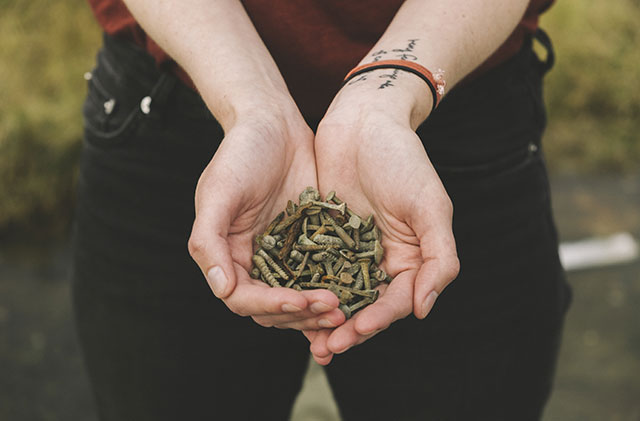|
Below are the initial stages that young people follow as they begin to be exposed to alcohol and drug use. It is very important to understand the process your teen may be experiencing, if you suspect he or she is using alcohol and or drugs. Unfortunately, very often when it comes to the attention of the parents that their child is using alcohol or drugs it may not be the first their child has used – only the first time they have been caught. One of the key elements of early prevention is obviously early detection.
Experimentation: Experimentation is defined as a “one time event.” Once intoxication is experienced, the experiment is over- the results are known. It is not a phase at all but rather the lead into the beginning of the next stage, which is misuse or abuse. Because the adolescent brain is in a crucial stage of development it is not too harsh to define any use as abuse. Misuse: Misuse is characterized as infrequent use for the purpose of intoxication. The misuse’s are those who do not have a pattern of weekend or weekday use, but use on social occasions such as dances, work functions, “Spring Break,” weddings, Super Bowl Sunday, “420,” Halloween, Graduation, New Year’s, Etc. If consequences occur for these individuals because of their drug use, they quit. They don’t try to manipulate drug tests, or lie to cover up their use, they just simply quit. These individuals do not yet have an emotional relationship to intoxication, though they still might experience consequences, such as DUI’s, sexual promiscuity, fights, or even death. Substance Abuse: Substance Abuse is characterized by a pattern of use, such as weekends or during the week. It is defined as using drugs despite negative consequences. Using despite negative consequences is the result of a destructive relationship with intoxication. Moreover, substance abuse is an emotional illness. The emotional illness of substance abuse has many components:
The terms addiction, chemical dependency and alcoholism can all be used interchangeably. The terms simply describe a person’s relationship (biological, psychological, and social) to intoxication. If a person is addicted to one drug, then they are addicted to drugs and alcohol altogether. The name of the chemical they are using is only an illusion at this point. They use chemicals, period. Whether it is marijuana, alcohol, or heroin that they used last week, it is all the same. It is important to not minimize and say, “it is only alcohol.” If a person has addiction they need to be abstinent from all chemicals that create intoxication. The symptoms of addiction are: Preoccupation, using despite negative consequences and loss of control. Preoccupation occurs when the user is preoccupied with getting drugs, paying for drugs, and protecting their relationship to drugs. Using despite negative consequences occurs when a person experiences a consequence from their chemical use and they continue to use. Finally, loss of control occurs when a person sets limits on the amount of chemicals they are going to use, and then they find themselves going beyond that limit. For example, the user might buy a bag of marijuana with the goal of making it last all week, but then find that they have used it all in two days. The user might go to parties with the goal that they are only going to have 2 beers, but after two beers they are still drinking. That is loss of control. Primarily, addiction occurs because of biology. Genetics and using at an early age when the brain is still developing are the two biggest predictors for addiction. Genetics is an important predictor to determine if a person is going to have addiction. This simply means that if a person comes from a biological family history of alcoholism/addiction, then it is possible that they have inherited that gene. Depending on which you study you read, the general agreement in all the studies is a family member is has a higher rate of being predisposed to develop an addiction. Many studies cite that if there is addiction in the family of the teen their rate of developing an addiction later in their life is around forty five percent - 45%. The age of first intoxication is the second most reliable predictor to determine if a person is going to have addiction. Drug use during brain growth and development prior to age 18 significantly changes neurotransmission in the brain, which can lead to dependency on drugs. Finally, in 1956 the American Medical Association classified addiction as a primary disease. They stated that it has symptoms. It is progressive which means that it only gets worse over time, and that it can be fatal if left untreated. If you suspect your child is using drugs or alcohol early intervention and or prevention can save them a life time of misery resulting from personal and professional negative consequences and failed interpersonal relationships. Please feel free to contact me for a free consultation and some peace of mind. Thom Kessler, LMFT, RAS [email protected] 415-454-8931 Comments are closed.
|
Thom KesslerMarriage & Family Therapist and Registered Addiction Specialist Archives
January 2024
Categories |

 RSS Feed
RSS Feed